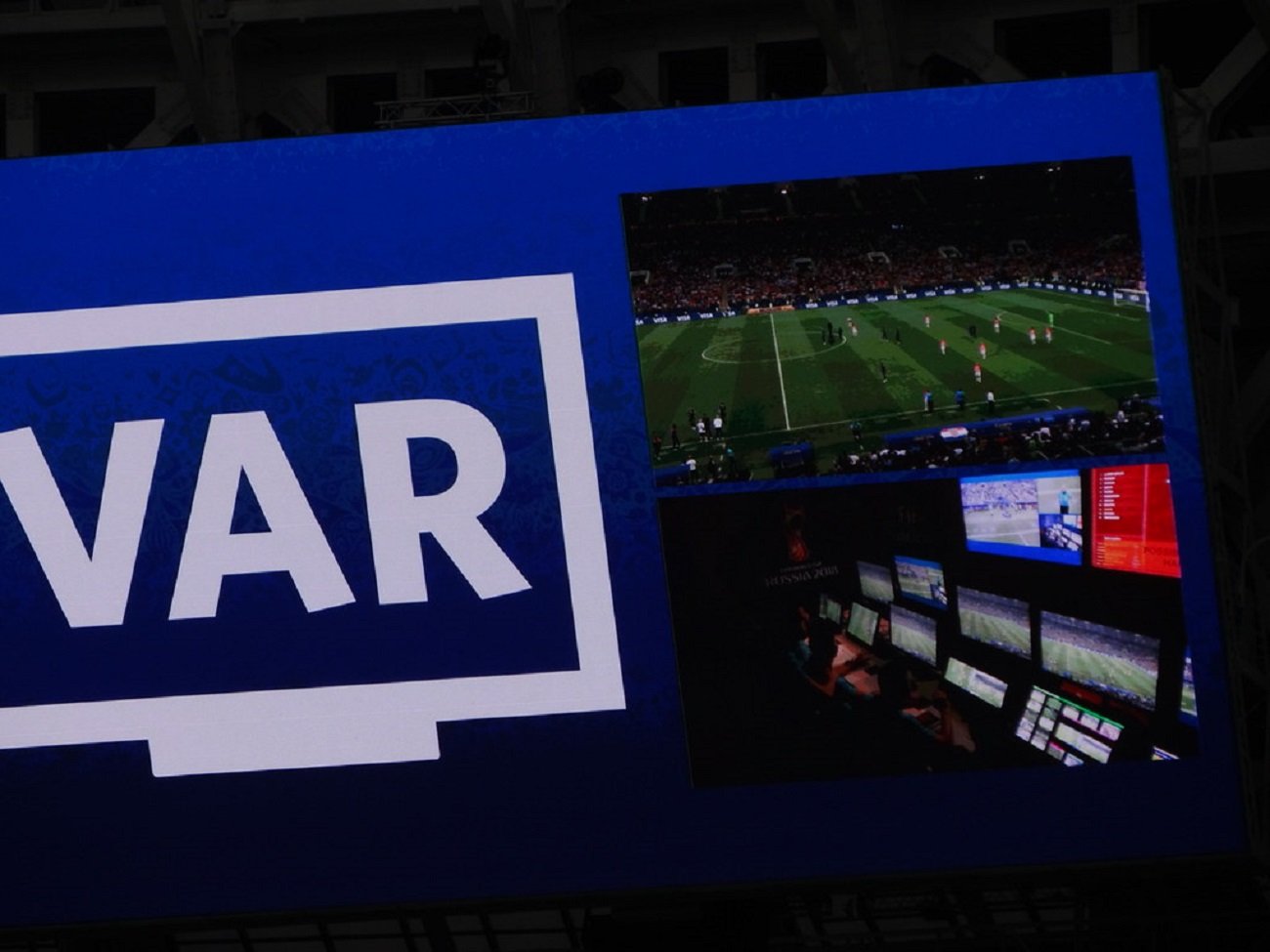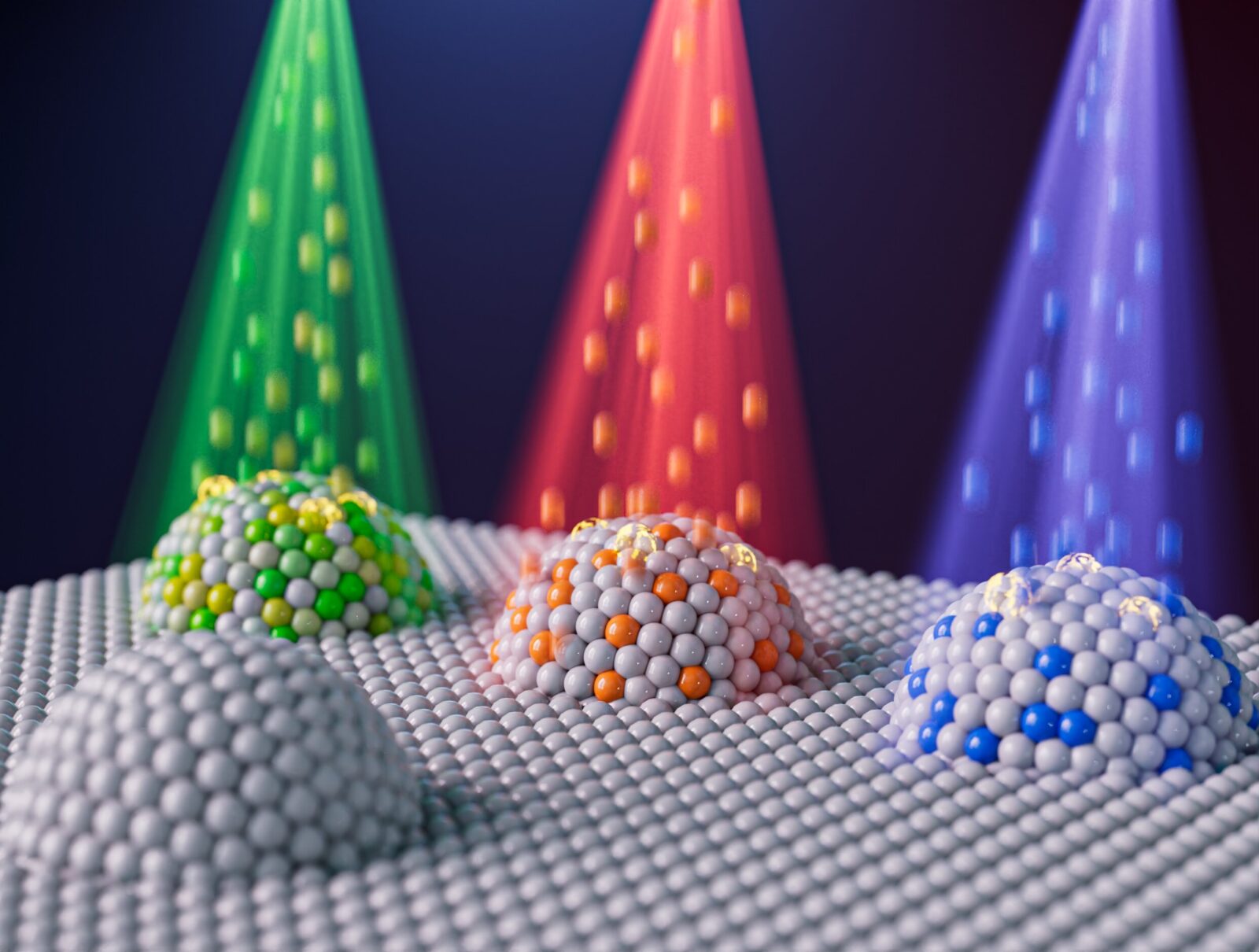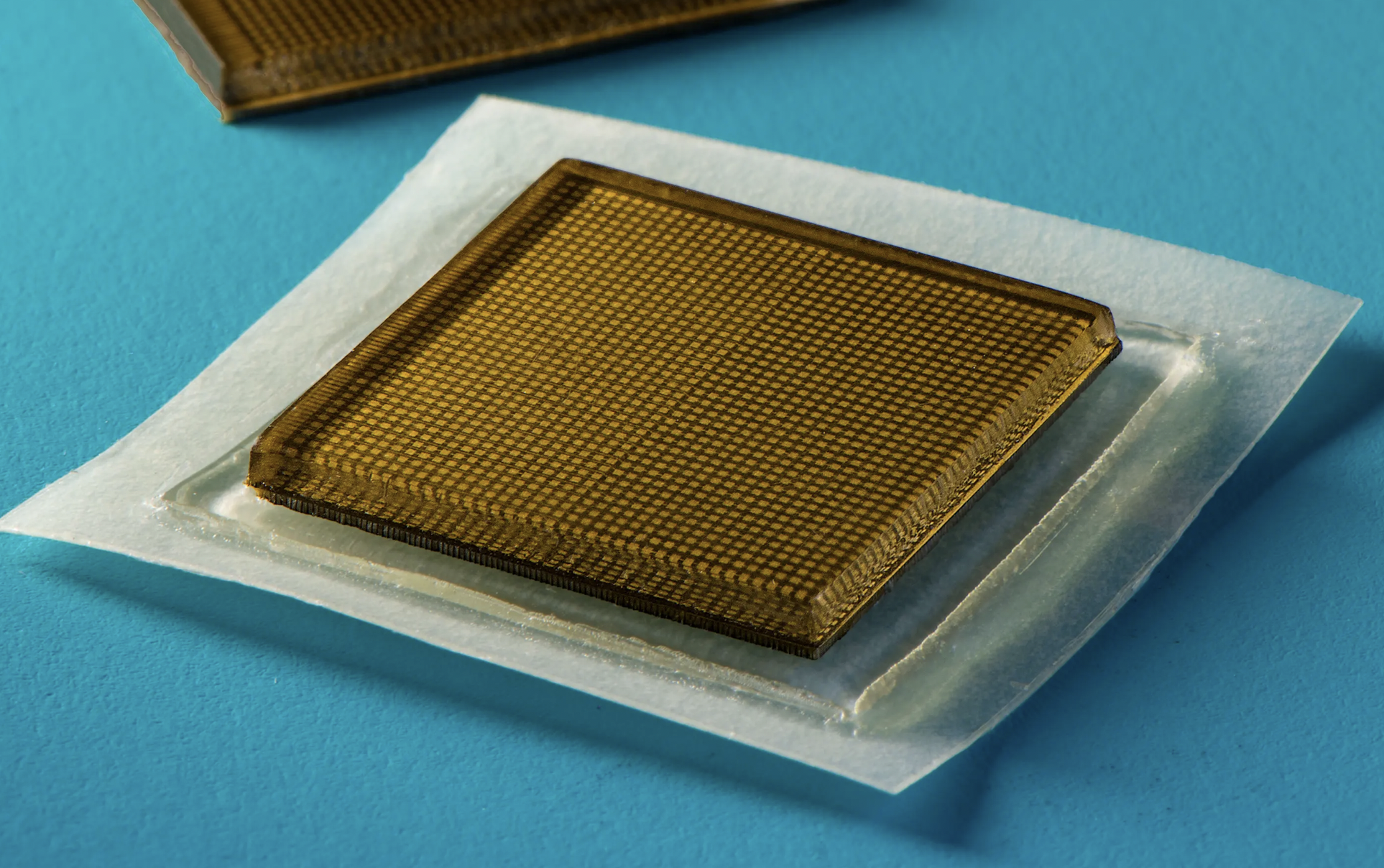Mars appears in shades of orange in images taken from rovers. This makes their appearance quite bland, which cannot be said of the new images from the TGO orbiter. The images have colors specially enhanced to show the diversity of the Red Planet’s surface.
Mars was called the red planet in ancient Roman times, due to its distinctive red color that appears in the Earth’s sky. At that time, the relationship between Mars and Earth was viewed differently than it is today. Today we know that this color of the planet is a result of the high iron content in the Martian soil, which, when oxidized like rust, gives it the aforementioned shade.
An image taken by the Curiosity rover on Sol (Sol) 538 of its journey across the surface of Mars. (Image: NASA/JPL-Caltech/MSSS)
However, it is not enough to take a photo of Earth’s desert, change all the colors to shades of red and say it is a photo from Mars. In fact, images taken at the surface show that there is a much greater diversity of minerals than just iron compounds. Images of the spacecraft also show shades of brown, gold and orange. However, it is the red dust rising into the atmosphere that is responsible for the impression we get when looking at Mars from a distance of several hundred million kilometres. Polar caps also have a red tint because of this.
Mars is not a monotonous planet, even when it comes to colors
The geological history of Mars is rich, even if it was an inactive planet for a long time. Once upon a time, rivers would have flowed on its surface, lakes would have formed in craters, and various minerals would have formed in the water, now exposed as a result of erosion. Therefore, Mars is far from the red monotony, broken only by rocky formations, which is suggested by the limited ability of the human eye to perceive shades of colors in the red part of the spectrum. Images taken from orbit, in which the colors of the components are particularly enhanced, show the richness of surface structures in different regions.
Rim of an algae crater on Mars before and after image processing. Processing involves assigning specific colors to components of images captured using a particular filter and highlighting them in the resulting image. Because the filters contain more than just visible light, the effect can be surprising. The blue color corresponds to places covered with a lot of dust, and the green color corresponds to places where there are a lot of clay and iron minerals. (Image: ESA/TGO/CaSSIS)
The specialized tool for such images indicating surface composition is the European TGO. This is a successful part of the ExoMars programme, a probe that has been in the planet’s orbit since 2016, and whose name – Trace Gas Orbiter – refers to its main research goals. In fact, the observations have contributed to an estimate of the abundance of various compounds in the atmosphere, including methane, which is very low in the TGO data.
The probe also detected the presence of hydrogen chloride, which may be part of the planet’s chlorine cycle. Thanks to TGO, we learned about the process of water vapor escaping from the atmosphere, and we also obtained maps of near-surface hydrogen, from which we can deduce where there is still frozen water beneath the planet’s surface today. CaSSIS is also responsible for creating the most accurate map of the Oxia Planum region, where the European spacecraft Rosalind Franklin will hopefully one day land.
A crater about 8 kilometers in diameter, photographed from an altitude of 400 kilometers. The colors highlight the structure of the crater rim and indicate the presence of subsurface ice that was dispersed during the impact. (Image: ESA/TGO/CaSSIS)
Not only atmospheric observations, but also surface images
However, it is not only the results that can be explained in letters that are the work of TGO tools. One of them, called CaSSIS (Color and Stereo Surface Imaging System), created with the help of engineers from the Space Research Center in Warsaw, is the so-called eyes of the probe. CaSSIS is able to observe the planet at a resolution of up to 4.5 meters per pixel, across the visible and near-infrared light spectrum. The images taken by CaSSIS show an area of 9.5 x 45 km, hence its panoramic appearance. The ability to capture 3D footage complements CaSSIS’s capabilities in evaluating the properties of the imaged surface.
A 15-kilometre-diameter heavily eroded crater in Tyrhina Terra (entire image above, fragments below). (Image: ESA/TGO/CaSSIS)
Thus, although shades of red dominate on Mars, thanks to the use of blue, green, red and two infrared filters, they allow, with skillful color processing, to show surface diversity. Since the range of wavelengths of electromagnetic radiation that CaSSIS can see is twice that of the human eye, expanding the range of colors in the image is justified. Because even though Mars looks different in the images illustrating the text than it can be seen with the naked human eye, that doesn’t mean it really isn’t. Because choosing colors to show shades of infrared is a matter of choice, which may be more or less correct.
In the eastern part of Valles Marineres is the Ganges Chasma, where we have many craters like the ones mentioned above. In practice, the surroundings are not purple, but compared to the interior and the materials ejected in the collision, they are much less red, which is made visible through this play of color. (Image: ESA/TGO/CaSSIS)
The dominant colors on Earth are those that the human sense of sight is specialized in perceiving. If humanity developed on Mars as it is now, perhaps the Red Planet would appear more colorful to its representatives, because, for example, what is equally red for us would be equally red and blue for a Martian, and on Earth they would feel as if they were in a monotonous and monochromatic landscape dominated by Shades of blue.
Source: ESA/TGO, proprietary information

Echo Richards embodies a personality that is a delightful contradiction: a humble musicaholic who never brags about her expansive knowledge of both classic and contemporary tunes. Infuriatingly modest, one would never know from a mere conversation how deeply entrenched she is in the world of music. This passion seamlessly translates into her problem-solving skills, with Echo often drawing inspiration from melodies and rhythms. A voracious reader, she dives deep into literature, using stories to influence her own hardcore writing. Her spirited advocacy for alcohol isn’t about mere indulgence, but about celebrating life’s poignant moments.










